The feet are placed on a circular base with a relief of ribbons and imperial symbols such as the quiver, arrows, etc. The feet of the candlesticks are composed of caryatids dressed and coiffed in the Egyptian style in a posture that also recalls the ancient representations of Egyptian goddesses with their arms folded on their chests. The attention paid to detail is exceptional: antique drapes, hands and feet, faces as well as the hairstyles which are very elaborate. The edge of the removable bobèche is decorated with friezes of water leaves.
The "Return from Egypt" style
Since the Battle of the Pyramids and the capture of Cairo in July 1798 by Napoleon, Egyptian references will become established, particularly in art and furniture. The publication of the expedition's work: "The Description of Egypt" published in 1826, is full of new elements, inspires many artists and an unexpected vision of these mysterious regions transforms the environment of the French through architecture and decorative arts. A real fashion leaves France to reach all of Europe as far as Russia. Houses, fountains, interiors are decorated in the Egyptian style. This contemporary style of the consulate is called "return from Egypt". This style only lasted a very short period (about ten years), then will be replaced by the empire style.


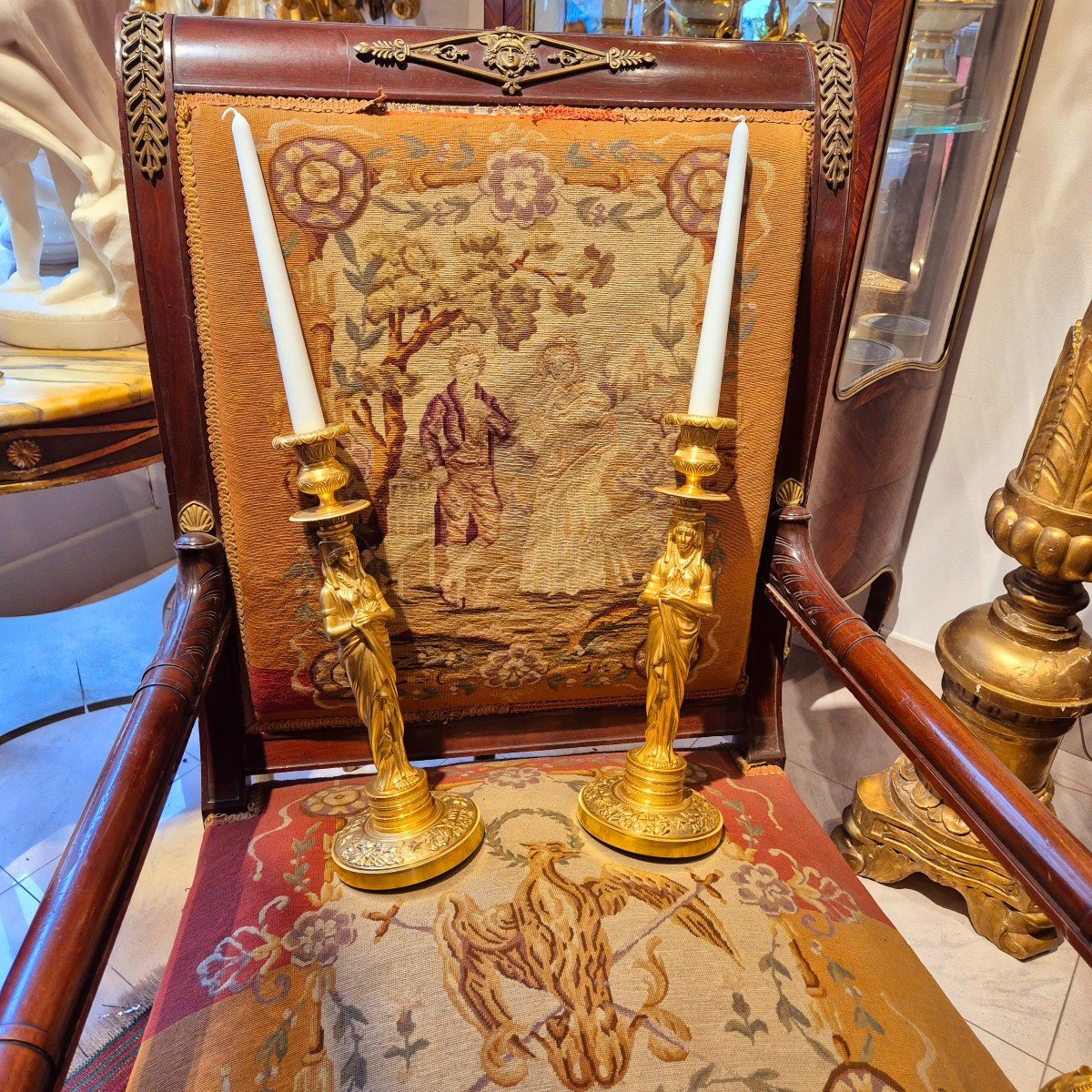
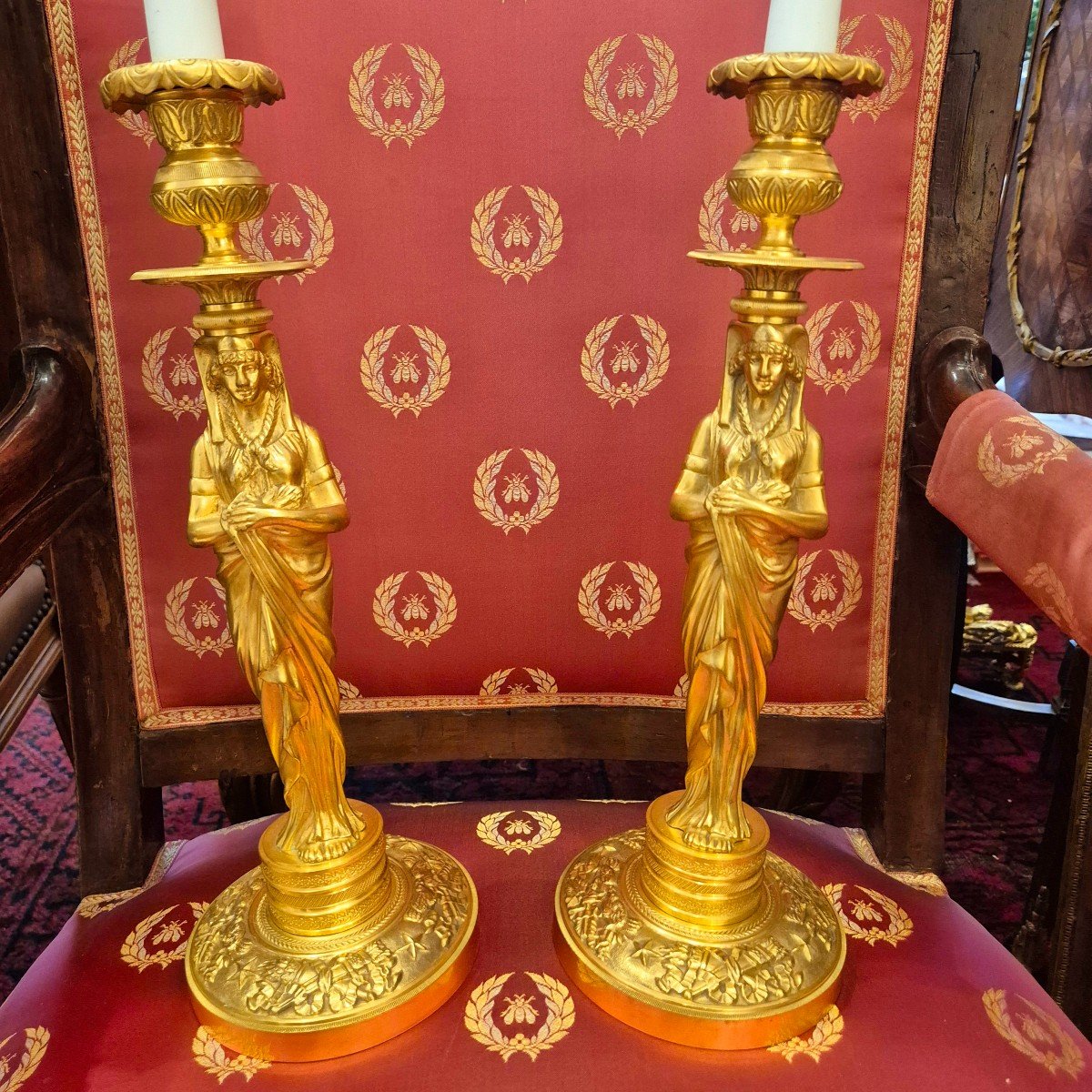

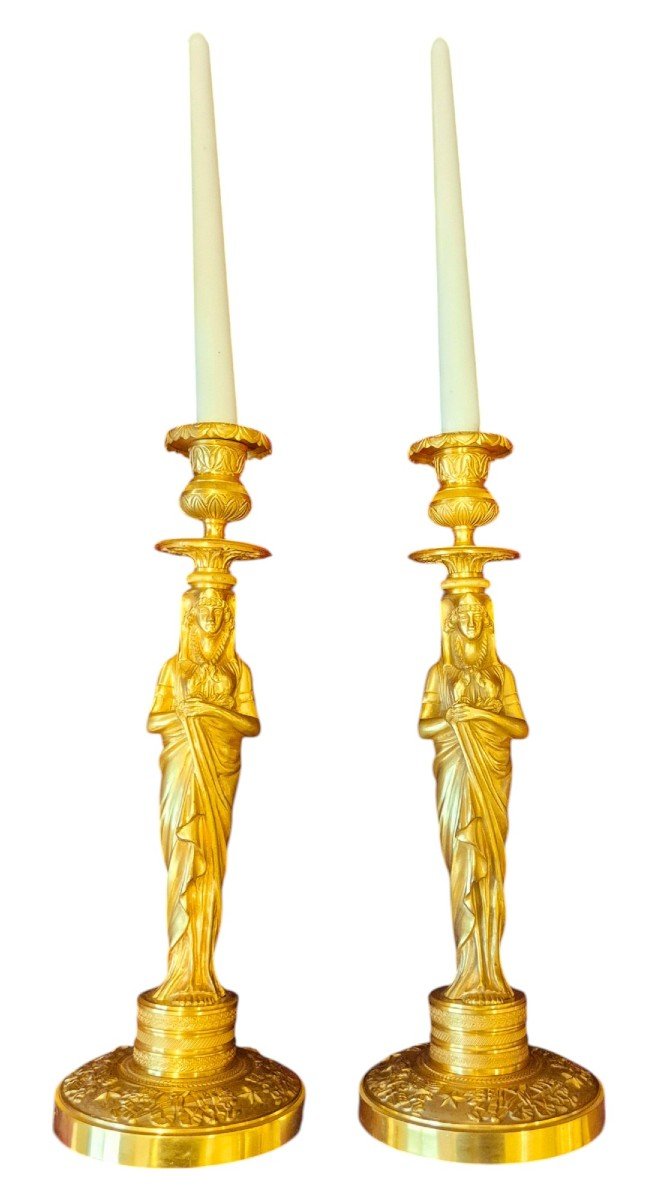
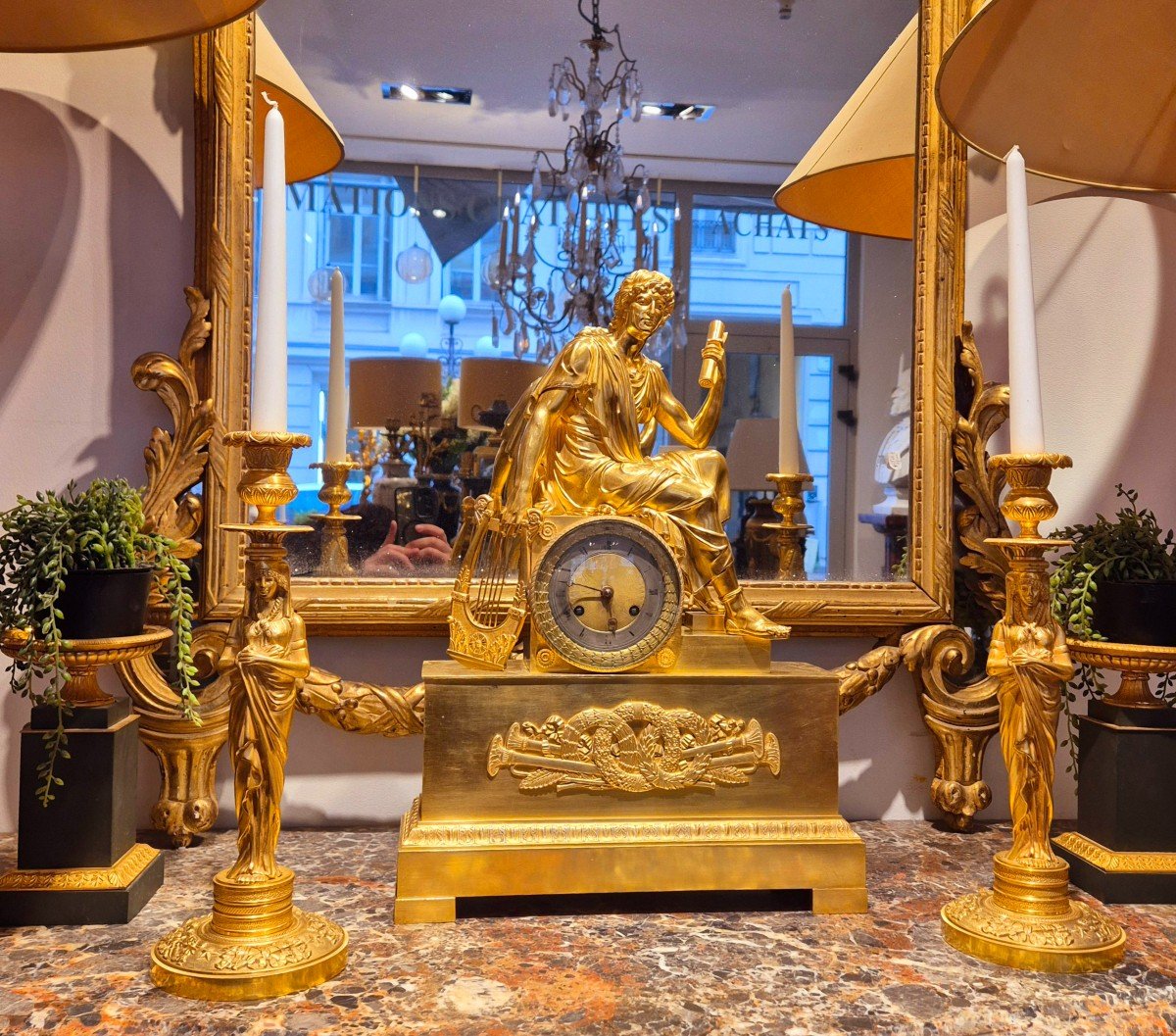

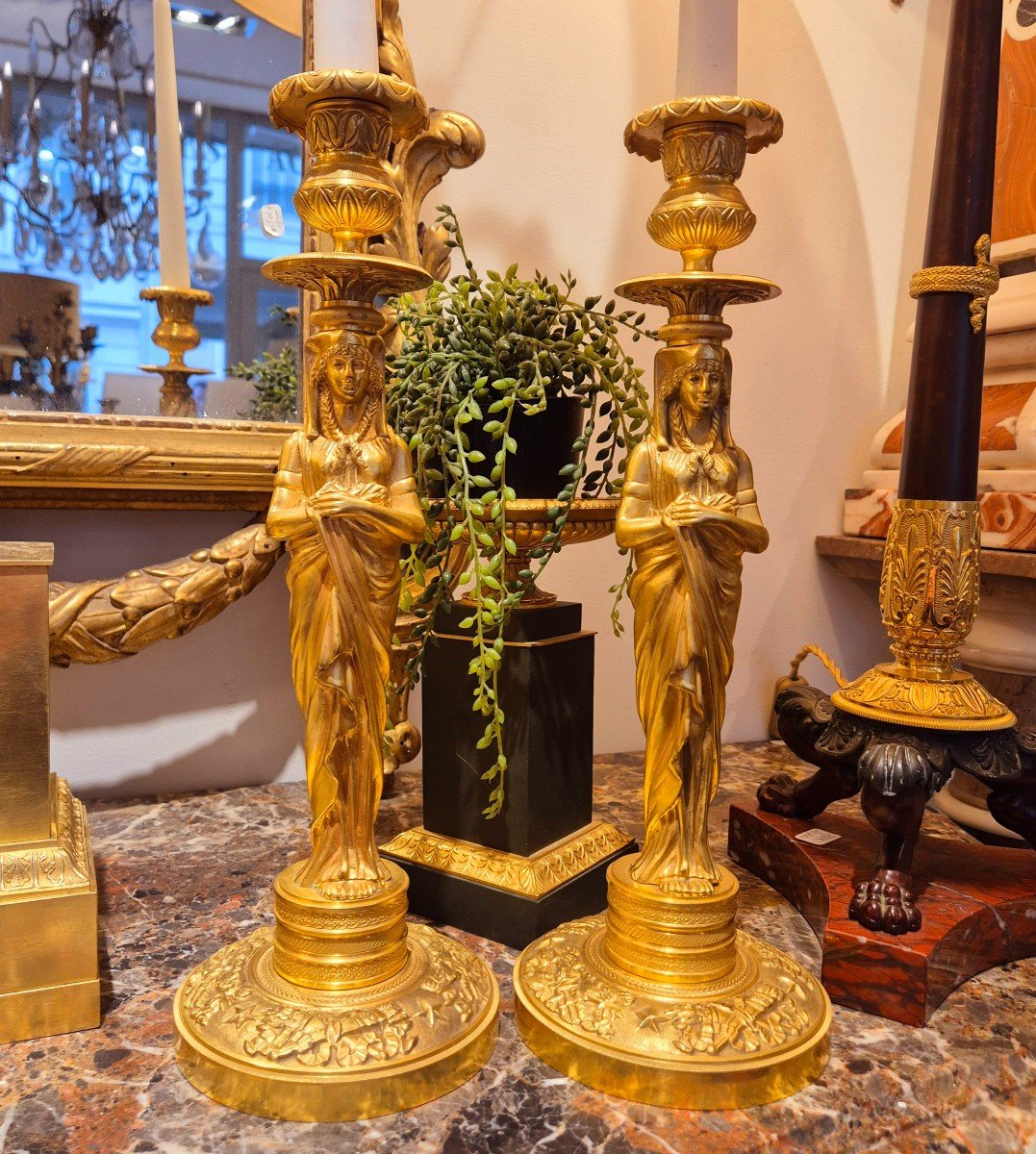
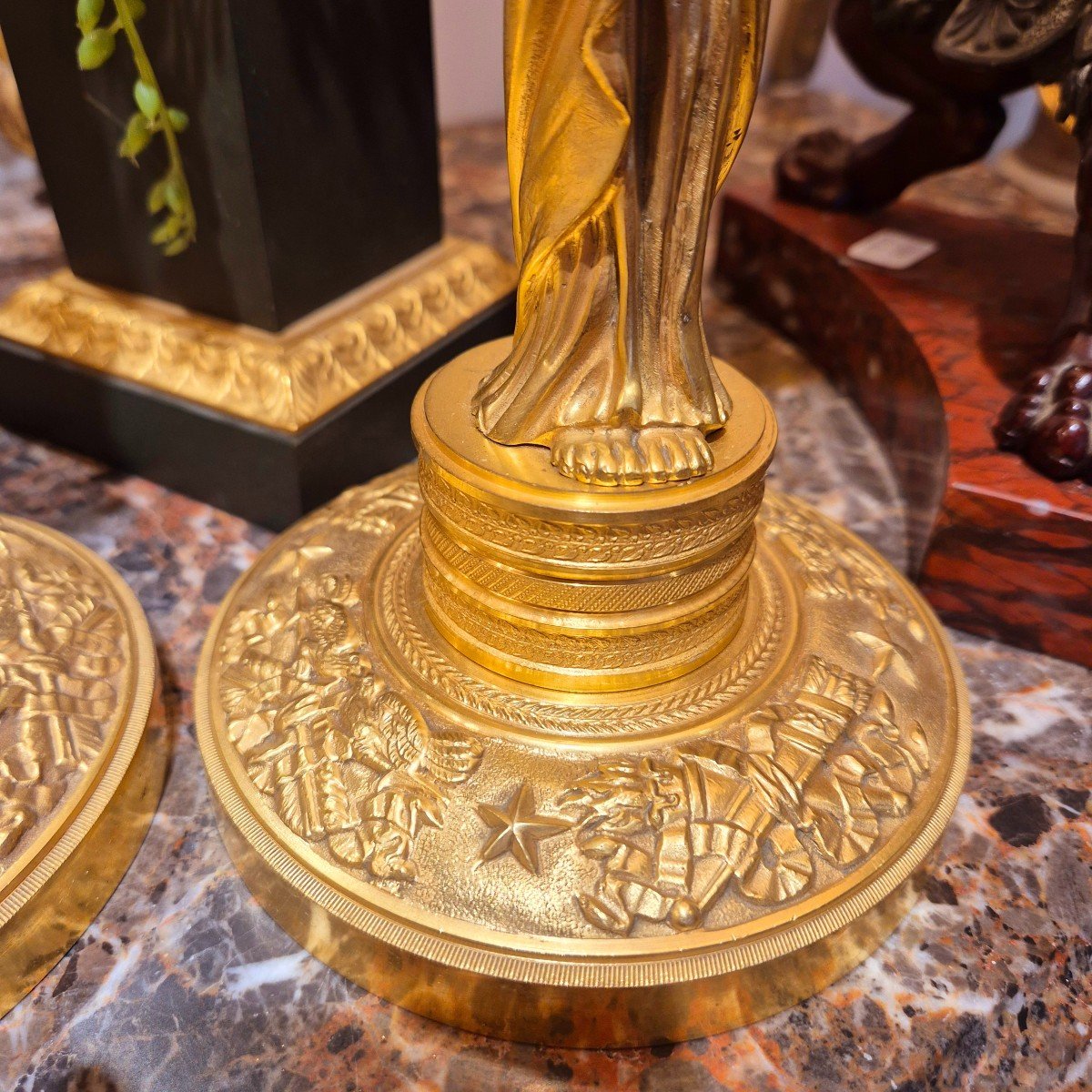

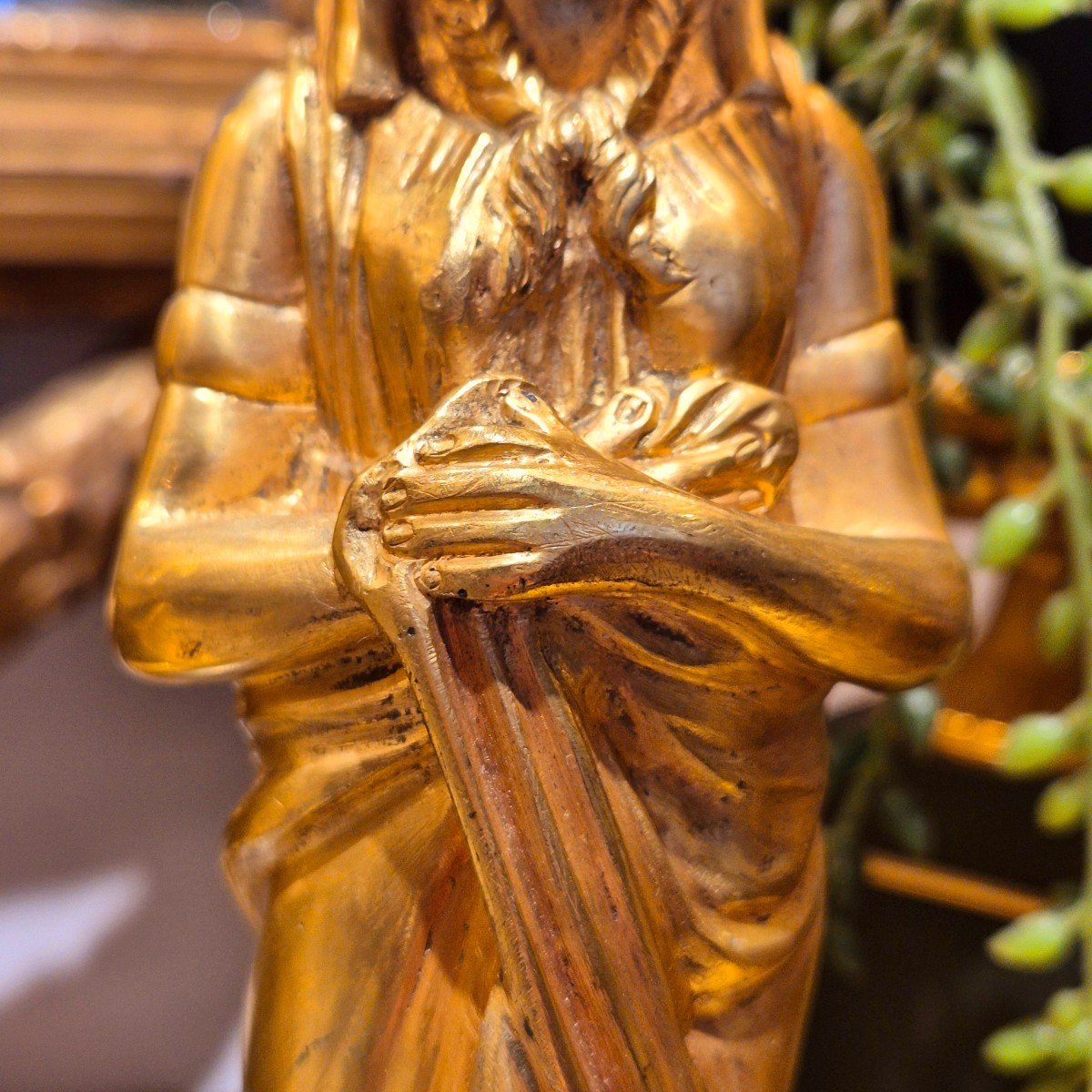

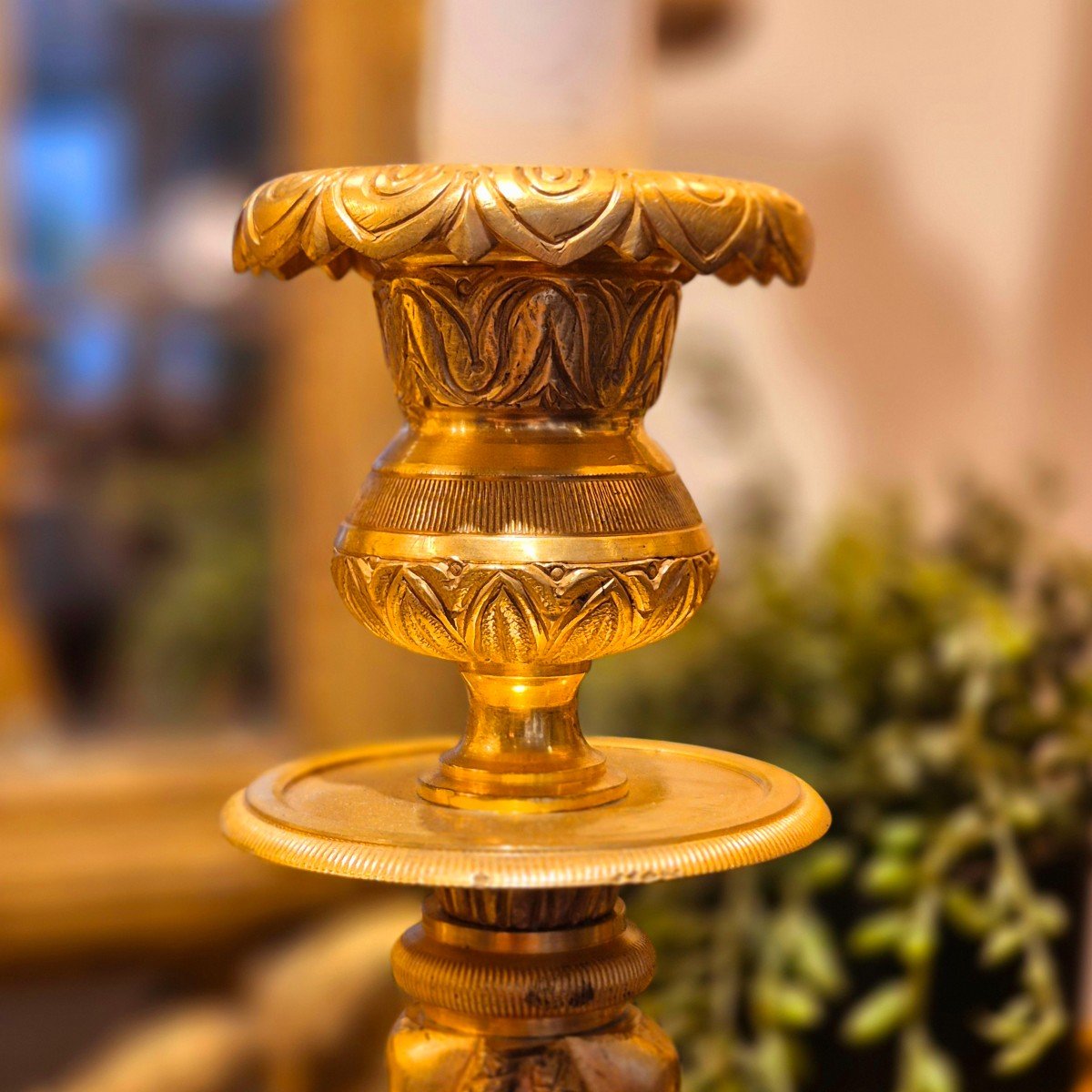















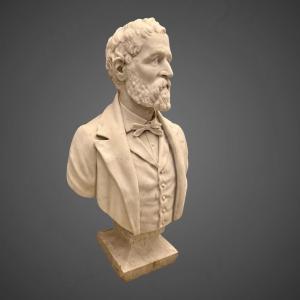


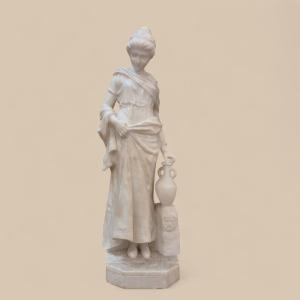
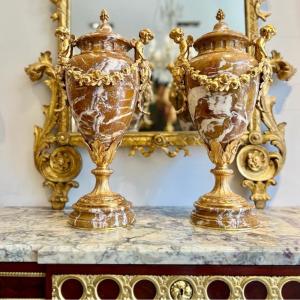

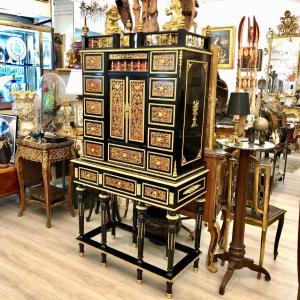

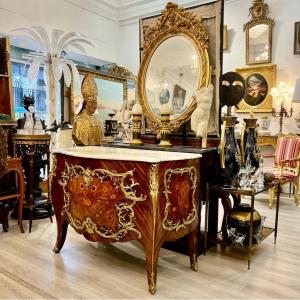

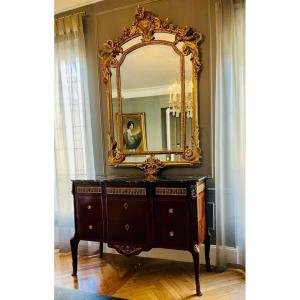




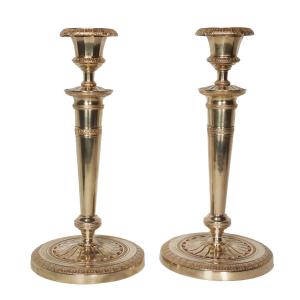

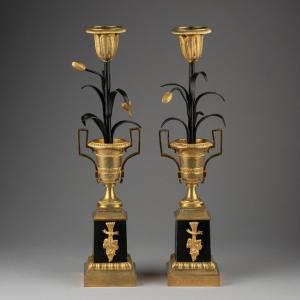



 Le Magazine de PROANTIC
Le Magazine de PROANTIC TRÉSORS Magazine
TRÉSORS Magazine Rivista Artiquariato
Rivista Artiquariato